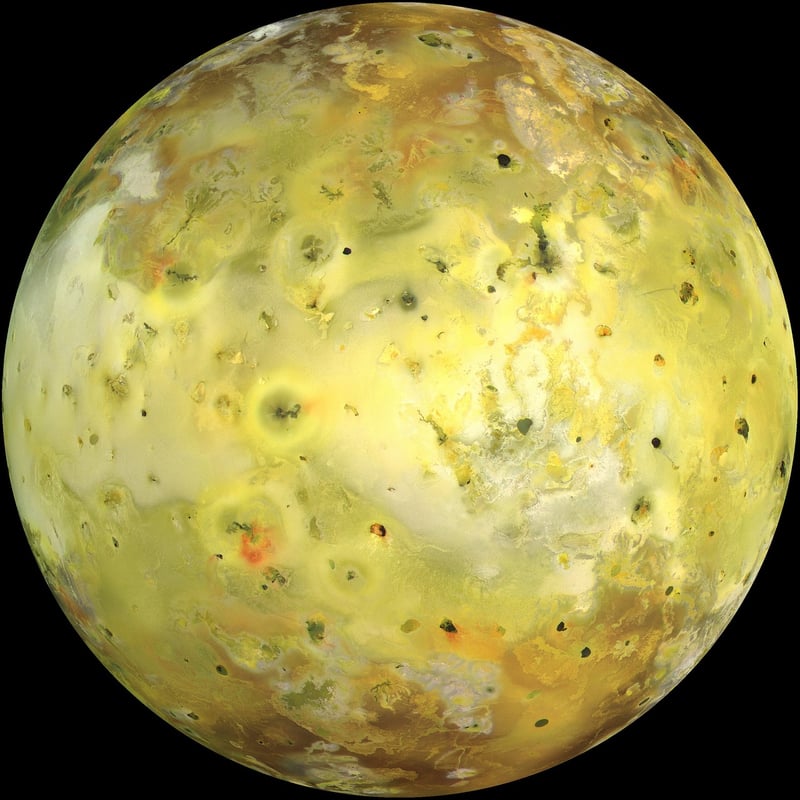Extraterrestrial Habitats
Exploring Life Beyond Our Planet: Extraterrestrial Habitats
As humans, we have always been fascinated by the possibility of life existing beyond our planet. The search for extraterrestrial life has led scientists and researchers to explore various celestial bodies within our solar system and beyond. One intriguing aspect of this exploration is the concept of extraterrestrial habitats, which are environments that could potentially support life as we know it.
Types of Extraterrestrial Habitats:
Extraterrestrial habitats can come in various forms, ranging from icy moons to rocky planets. Some of the most promising habitats for potential life include:
- 1. Mars: Mars has long been a focal point in the search for extraterrestrial life. With its similarities to Earth in the past, including evidence of liquid water, Mars is a prime candidate for hosting microbial life.
- 2. Europa: Europa, one of Jupiter's moons, is believed to have a subsurface ocean beneath its icy crust. This ocean could provide a habitat for microbial life forms.
- 3. Enceladus: Saturn's moon Enceladus has geysers that spew water vapor into space, indicating the presence of a subsurface ocean. This moon is another potential hotspot for extraterrestrial life.
Challenges of Exploring Extraterrestrial Habitats:
While the prospect of finding life beyond Earth is exciting, exploring extraterrestrial habitats comes with its own set of challenges. Some of the major hurdles include:
- Extreme Conditions: Many extraterrestrial habitats have extreme conditions such as high radiation levels, extreme cold, or high pressure, making it difficult for life as we know it to survive.
- Technological Limitations: Current technology may not be advanced enough to explore certain extraterrestrial habitats, especially those located far from Earth.
- Sample Return: Bringing samples from extraterrestrial habitats back to Earth for analysis is a complex and challenging task that requires careful planning and execution.
Future of Extraterrestrial Habitat Exploration:
Despite the challenges, scientists remain optimistic about the possibility of discovering extraterrestrial life in the not-so-distant future. Advancements in technology, such as robotic exploration missions and sample return missions, are paving the way for a deeper understanding of potential habitats beyond Earth.
Exploring extraterrestrial habitats not only expands our knowledge of the universe but also raises profound questions about the nature of life and its origins. Whether we find microbial life on a distant moon or evidence of past life on Mars, each discovery brings us one step closer to unraveling the mysteries of the cosmos.



Stay tuned as scientists continue to push the boundaries of space exploration in their quest to uncover the secrets of extraterrestrial habitats and the potential for life beyond our planet.
